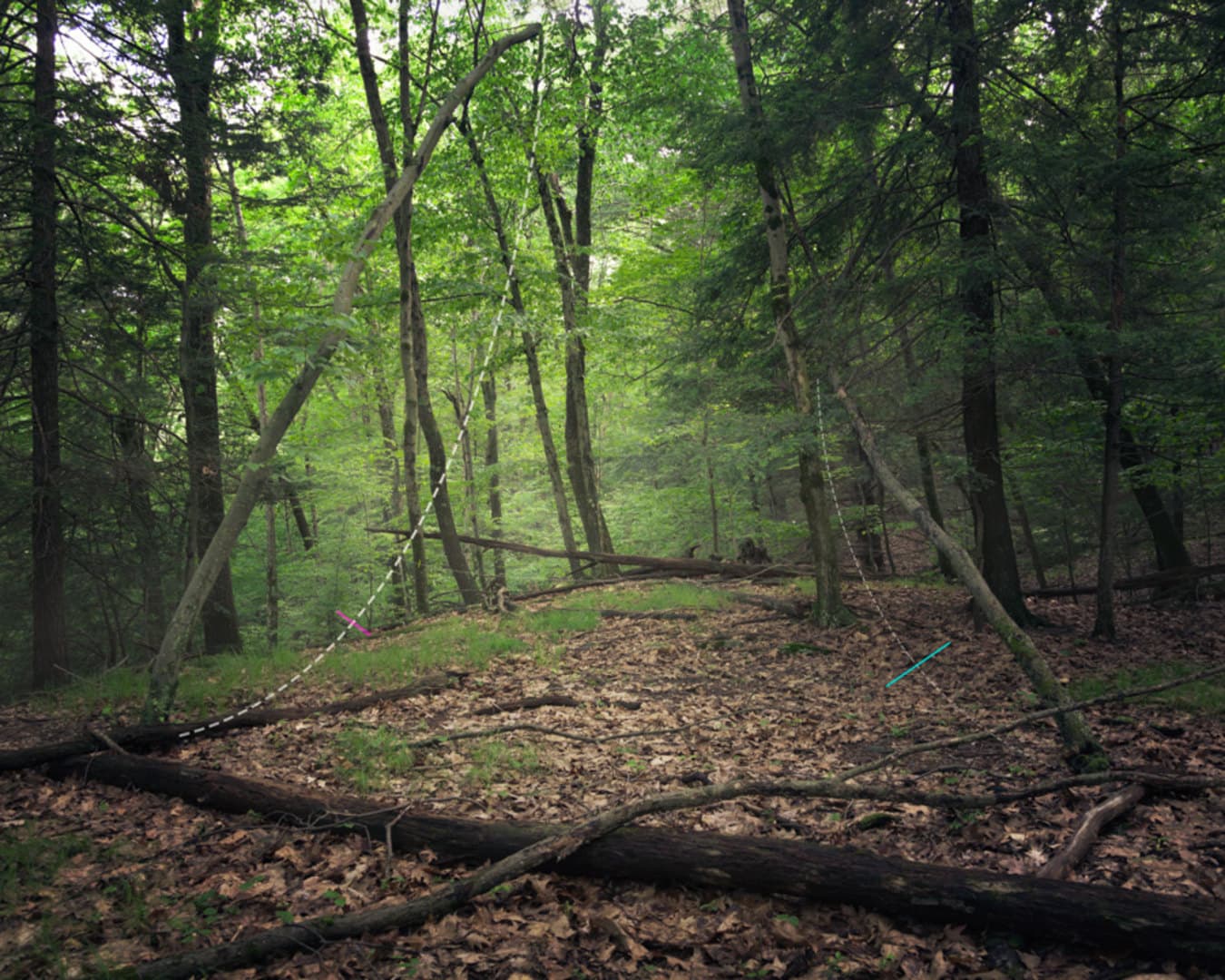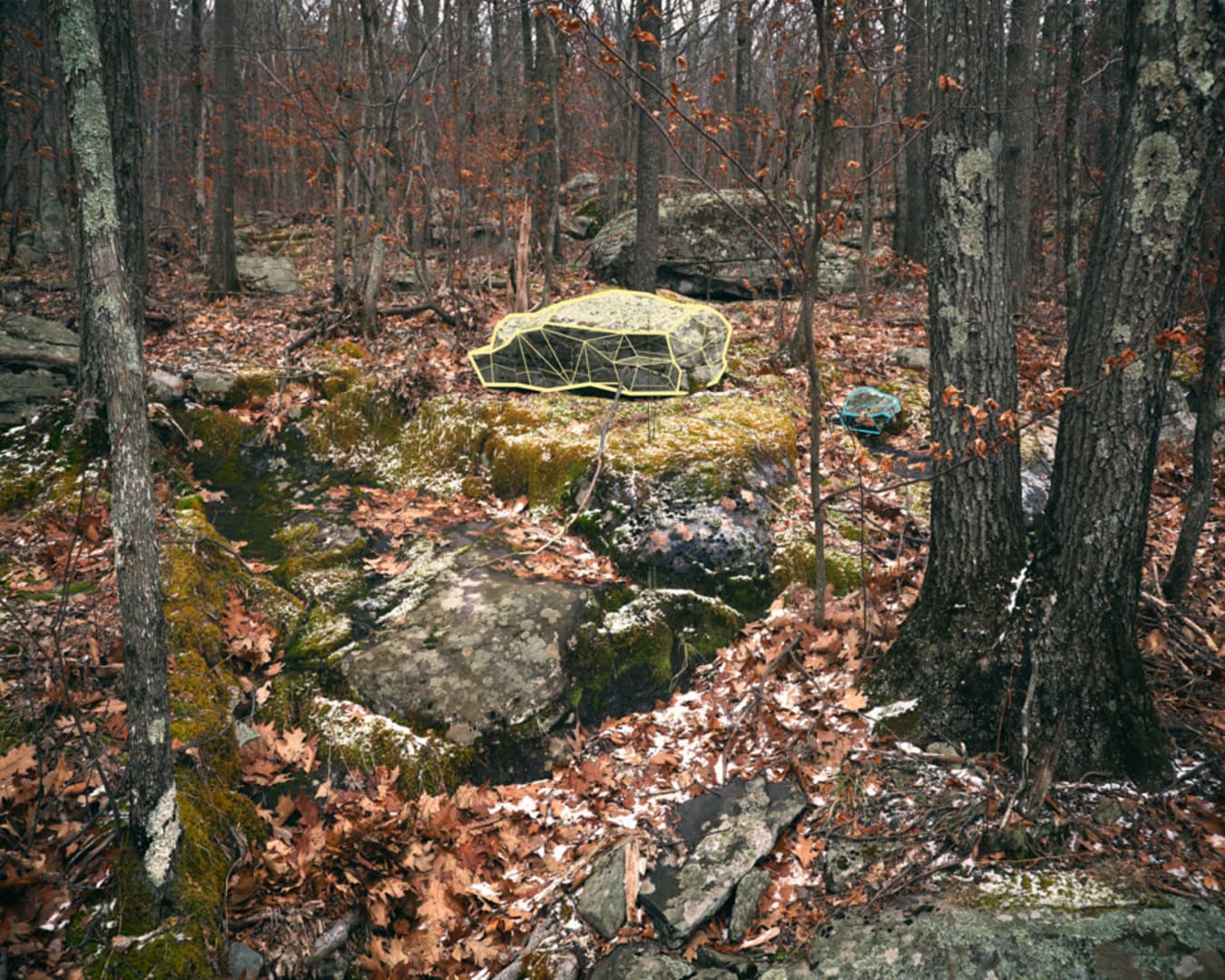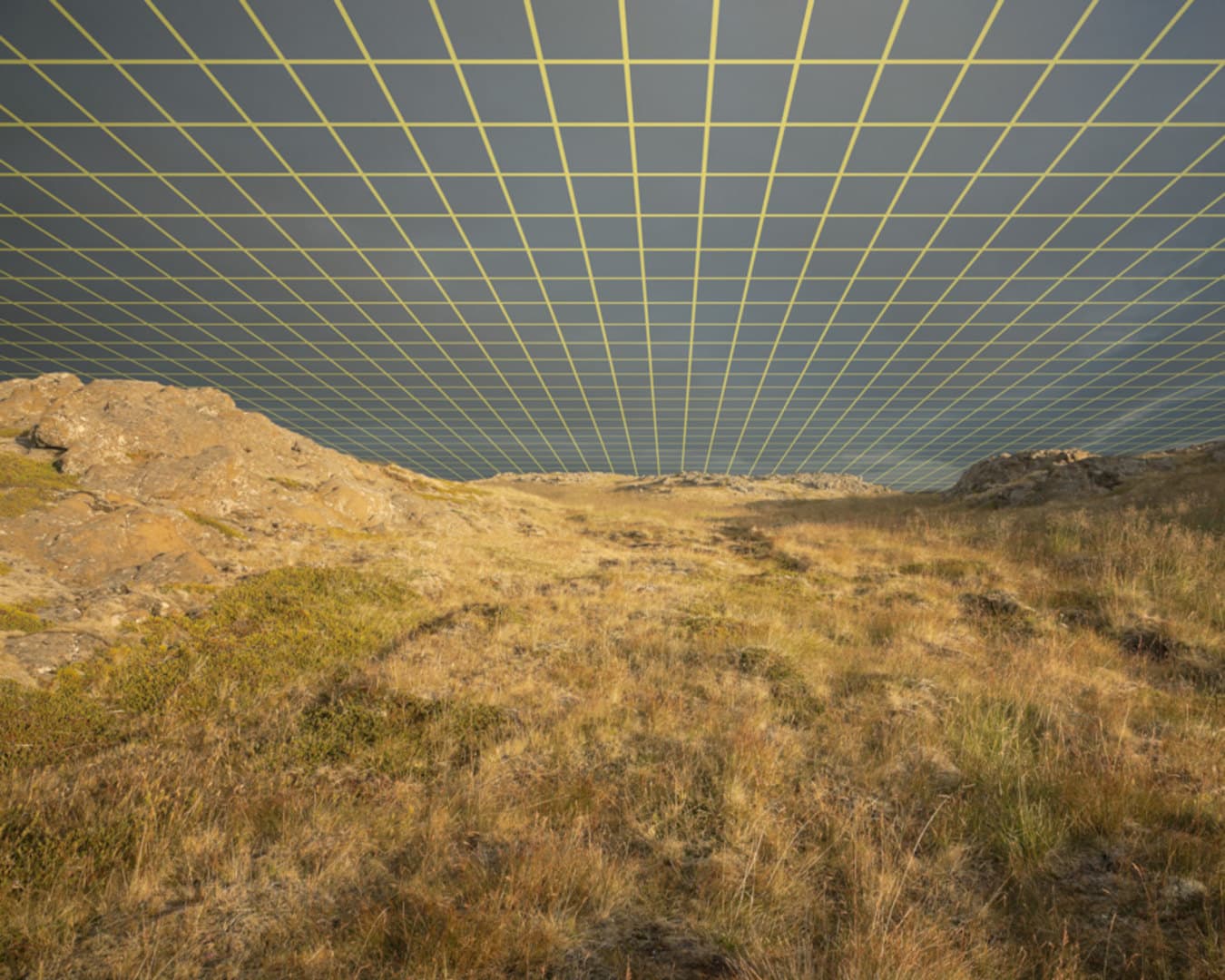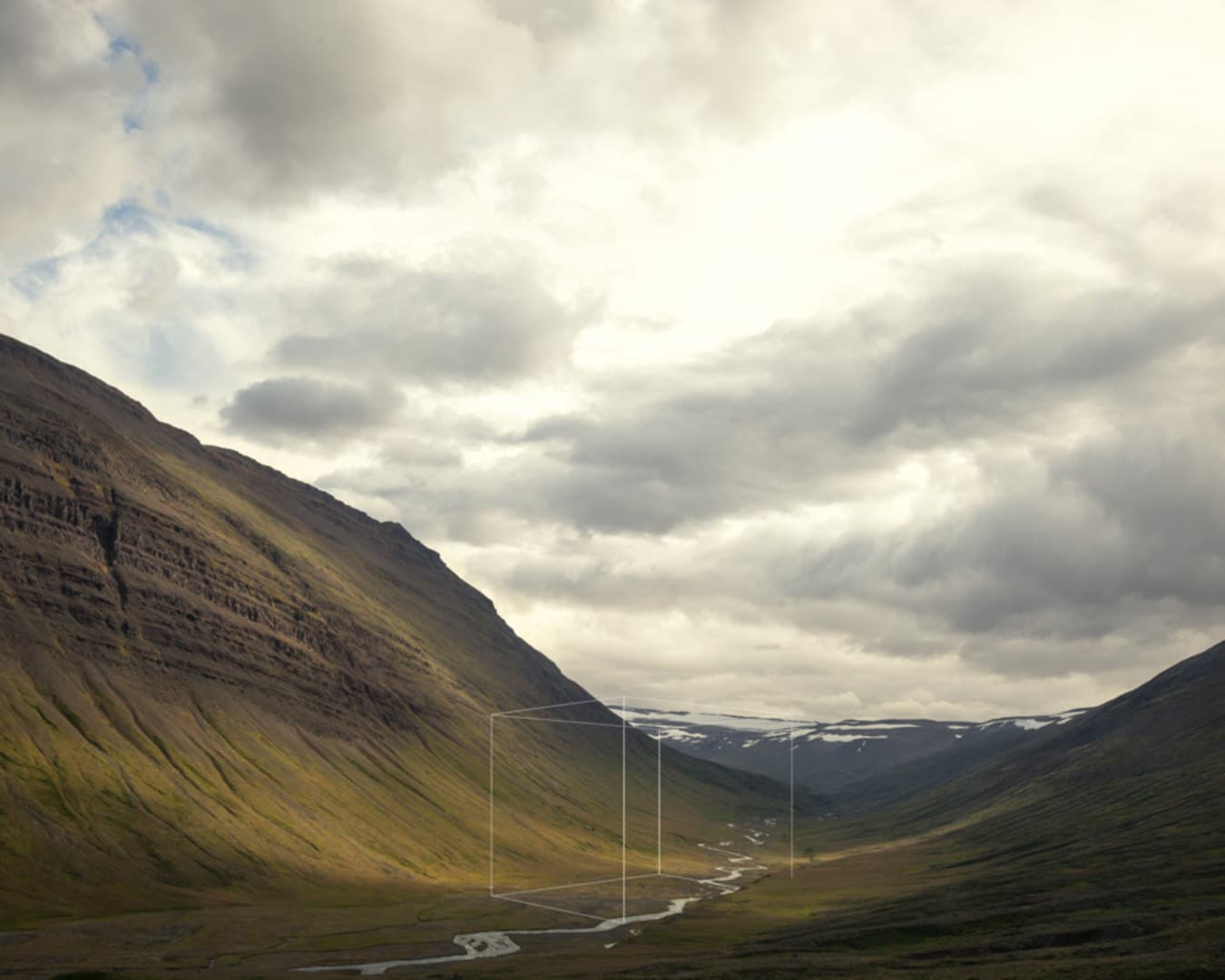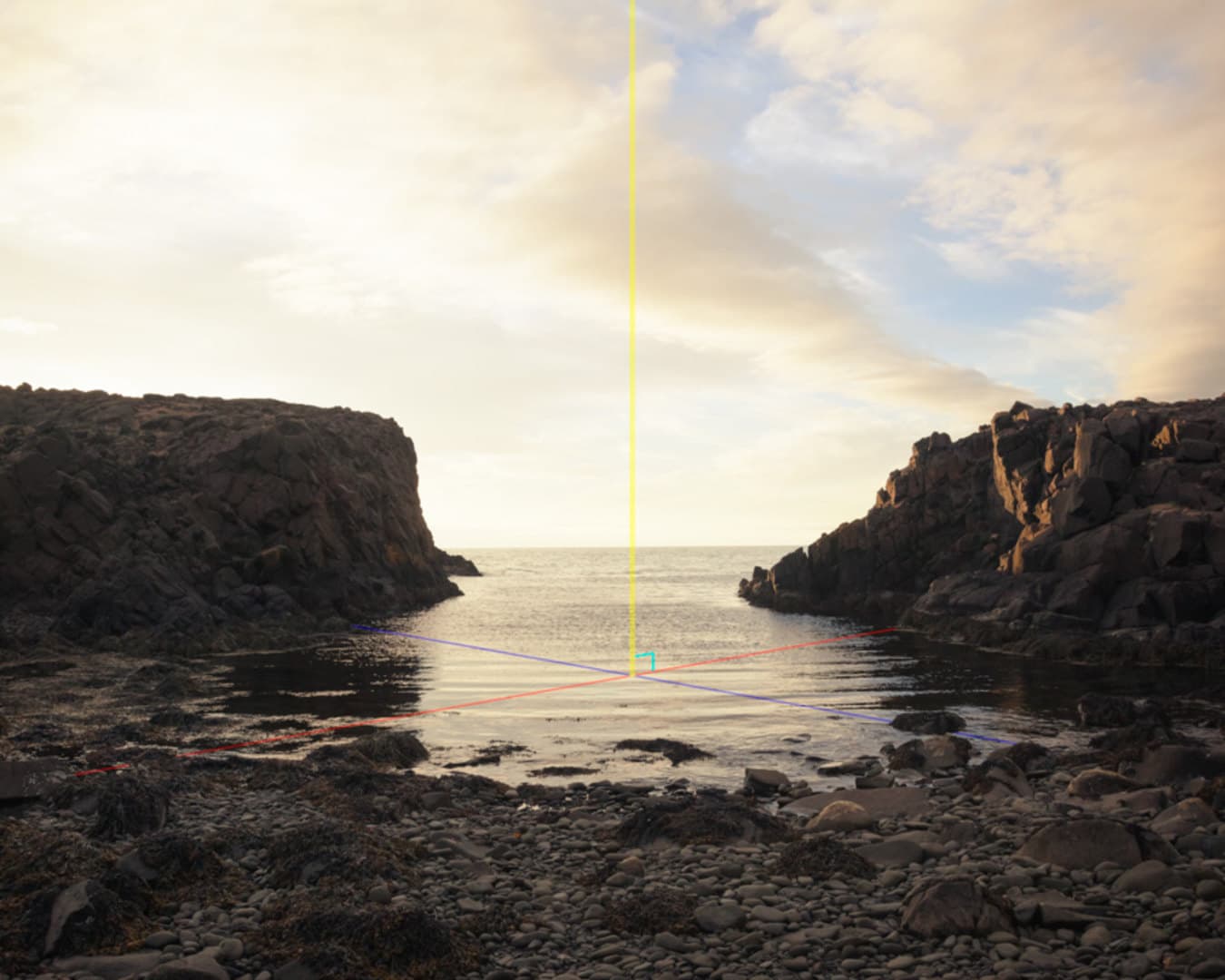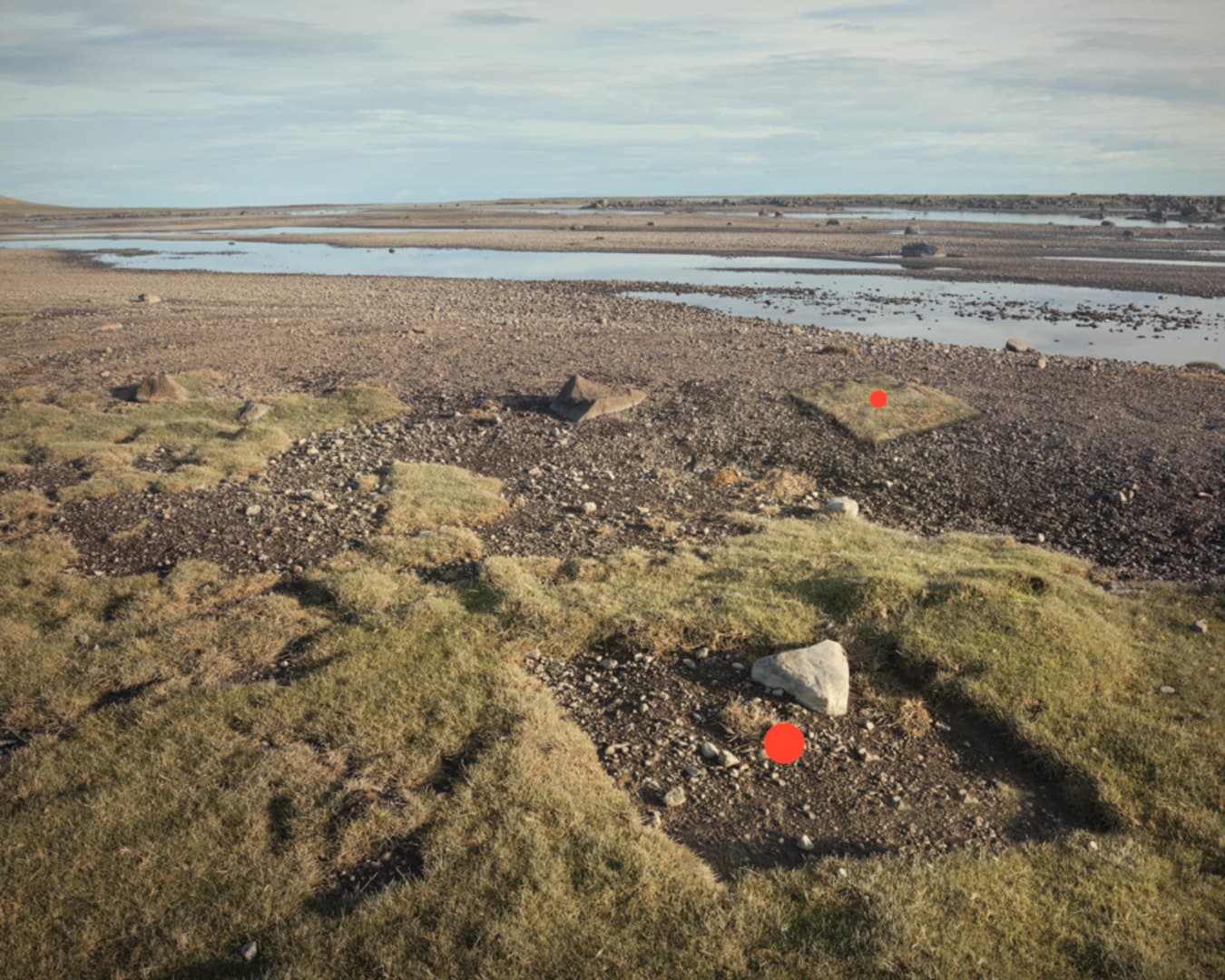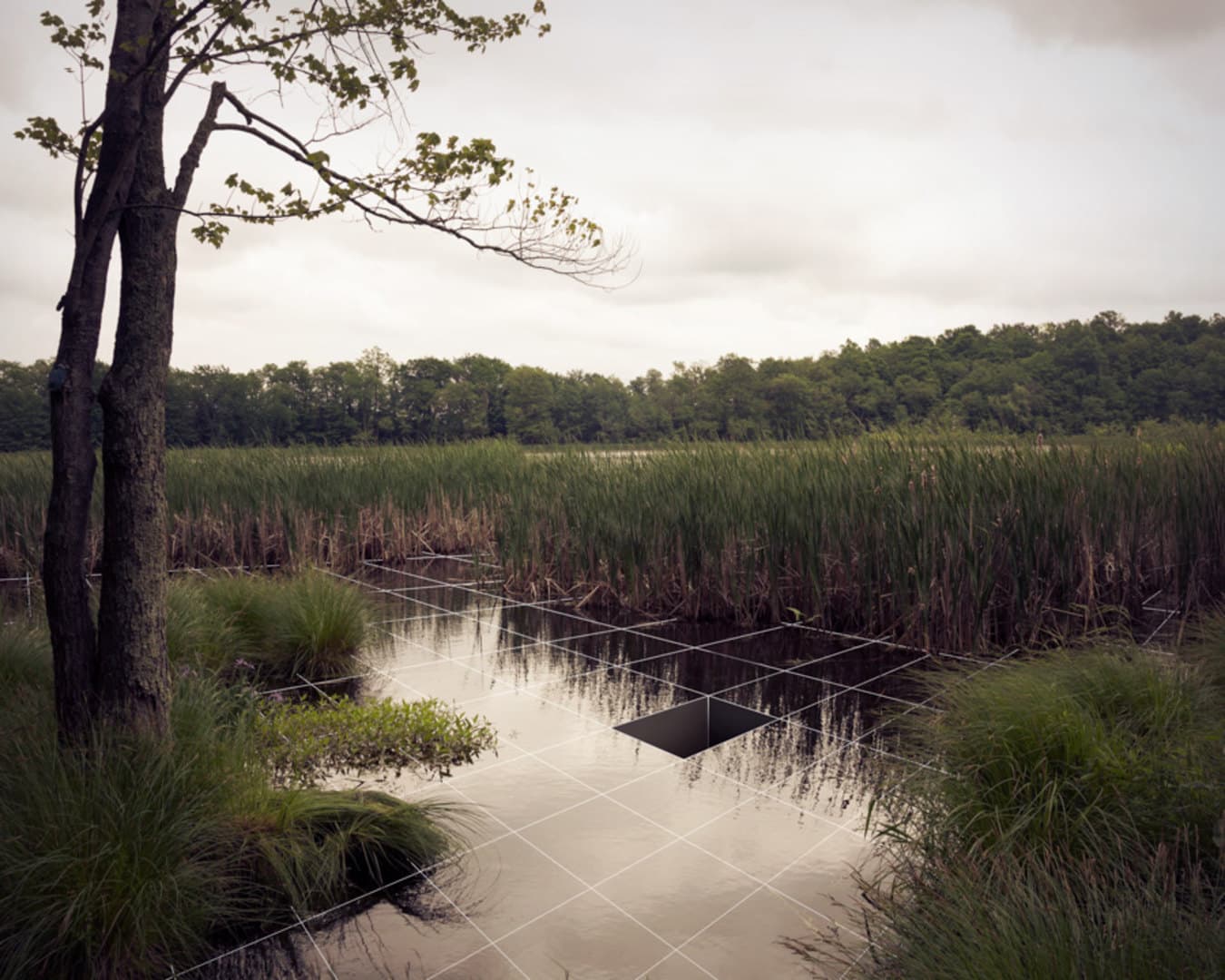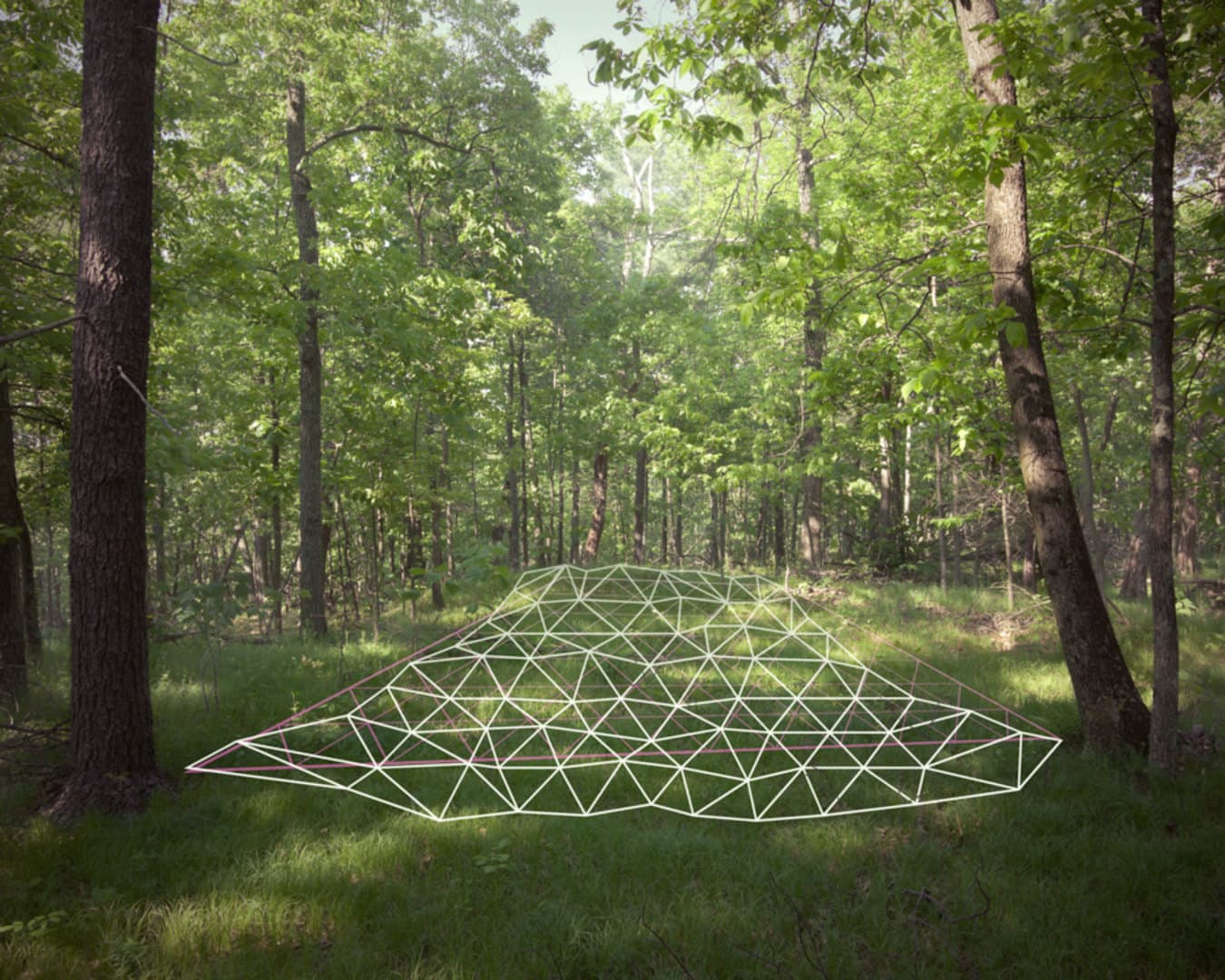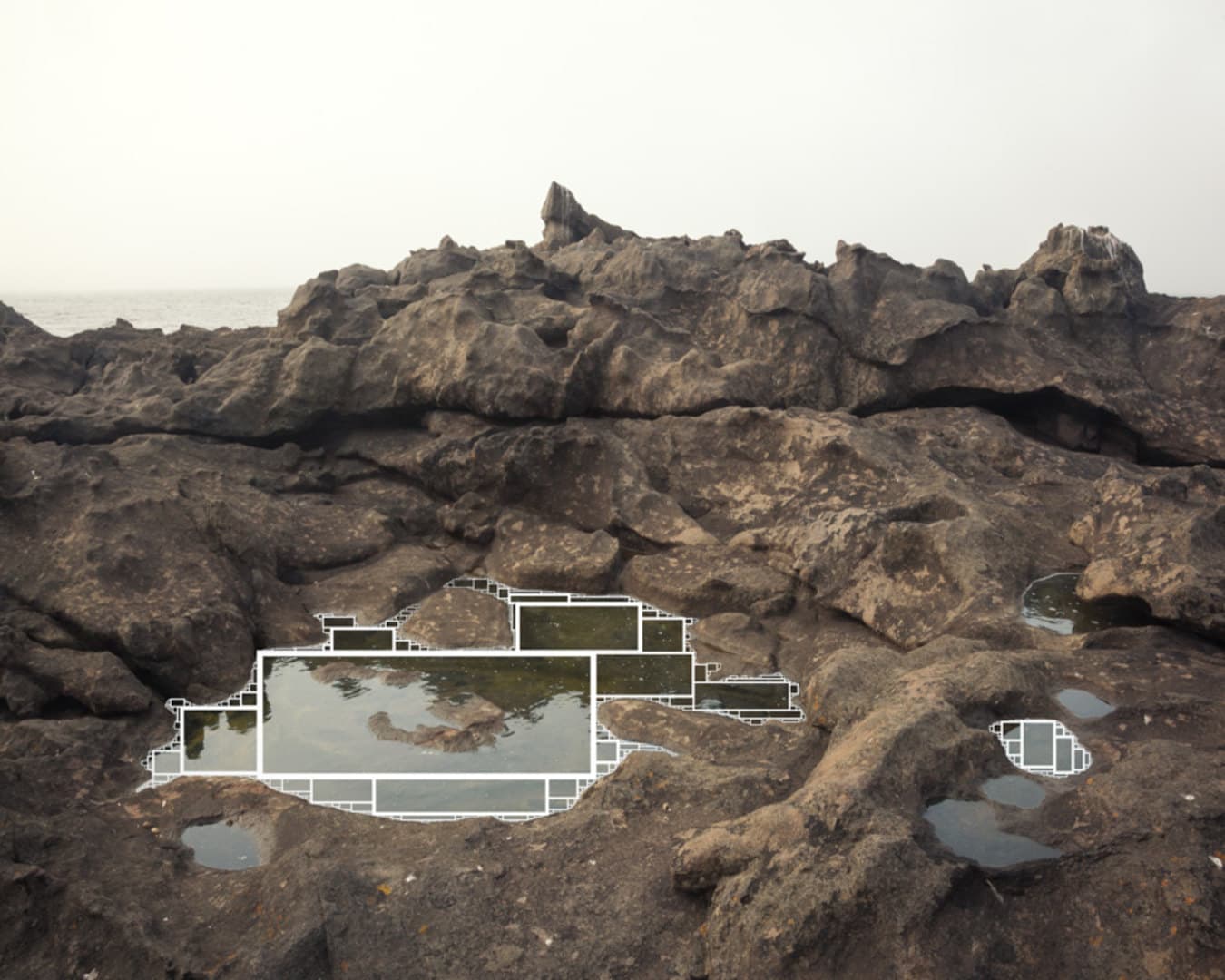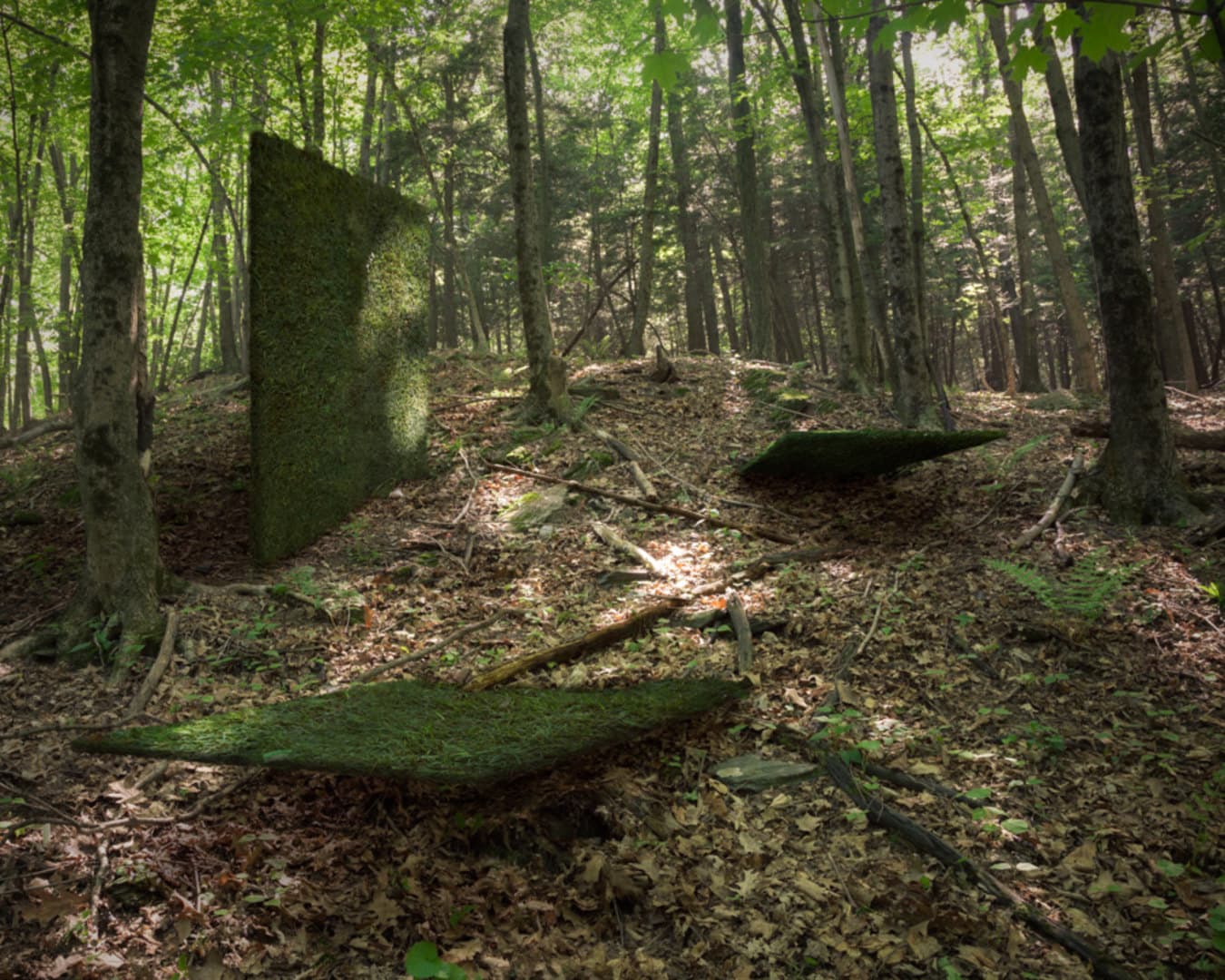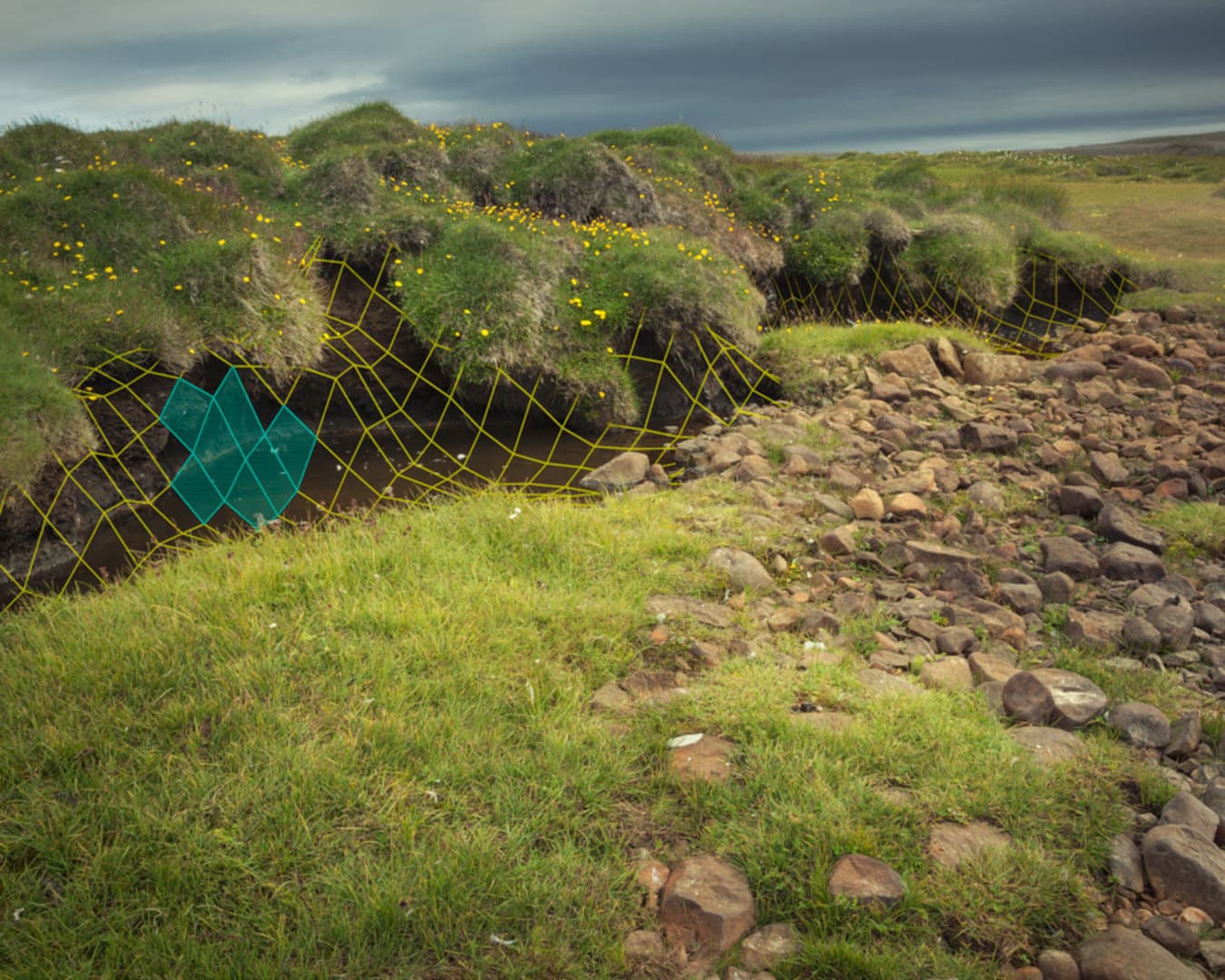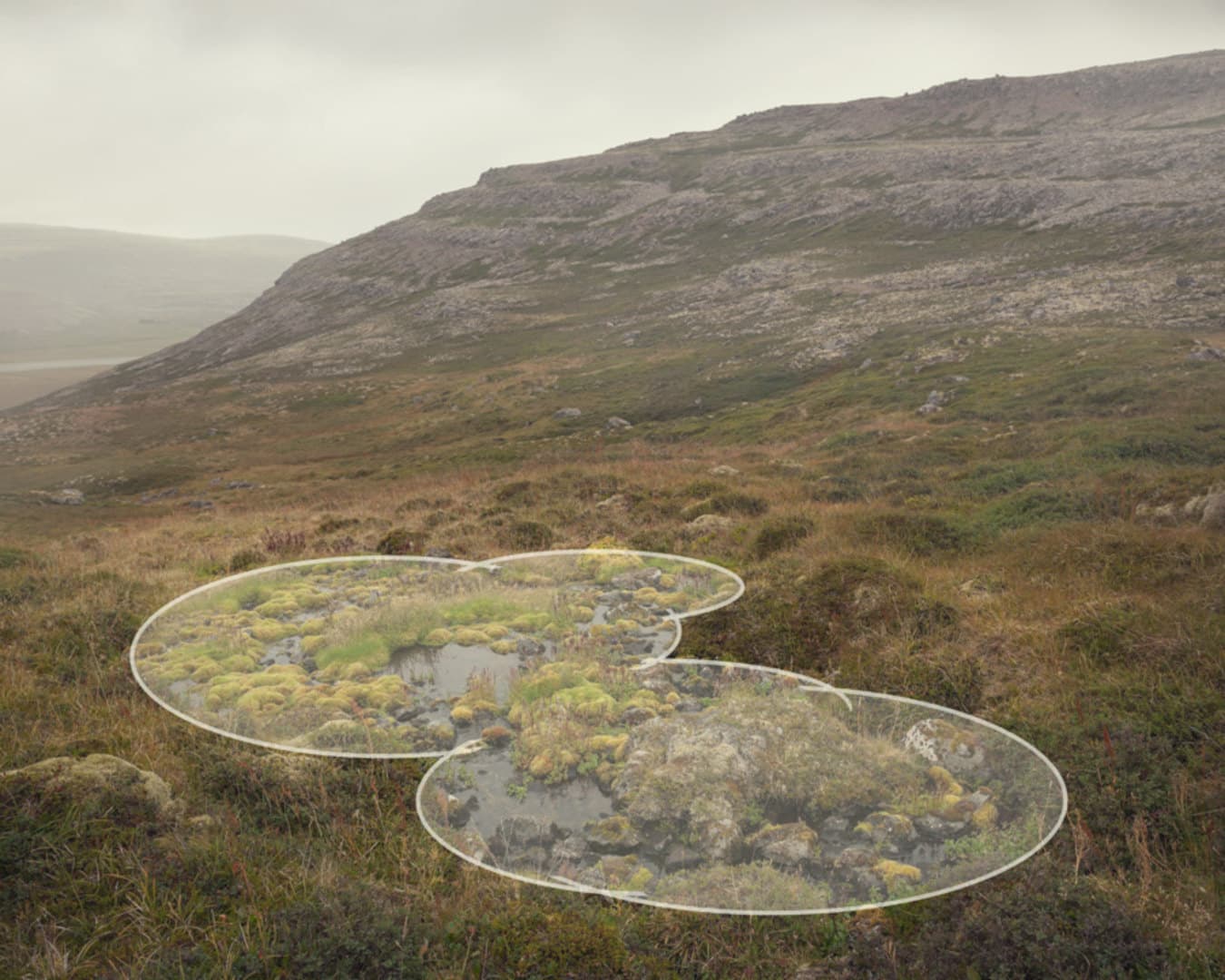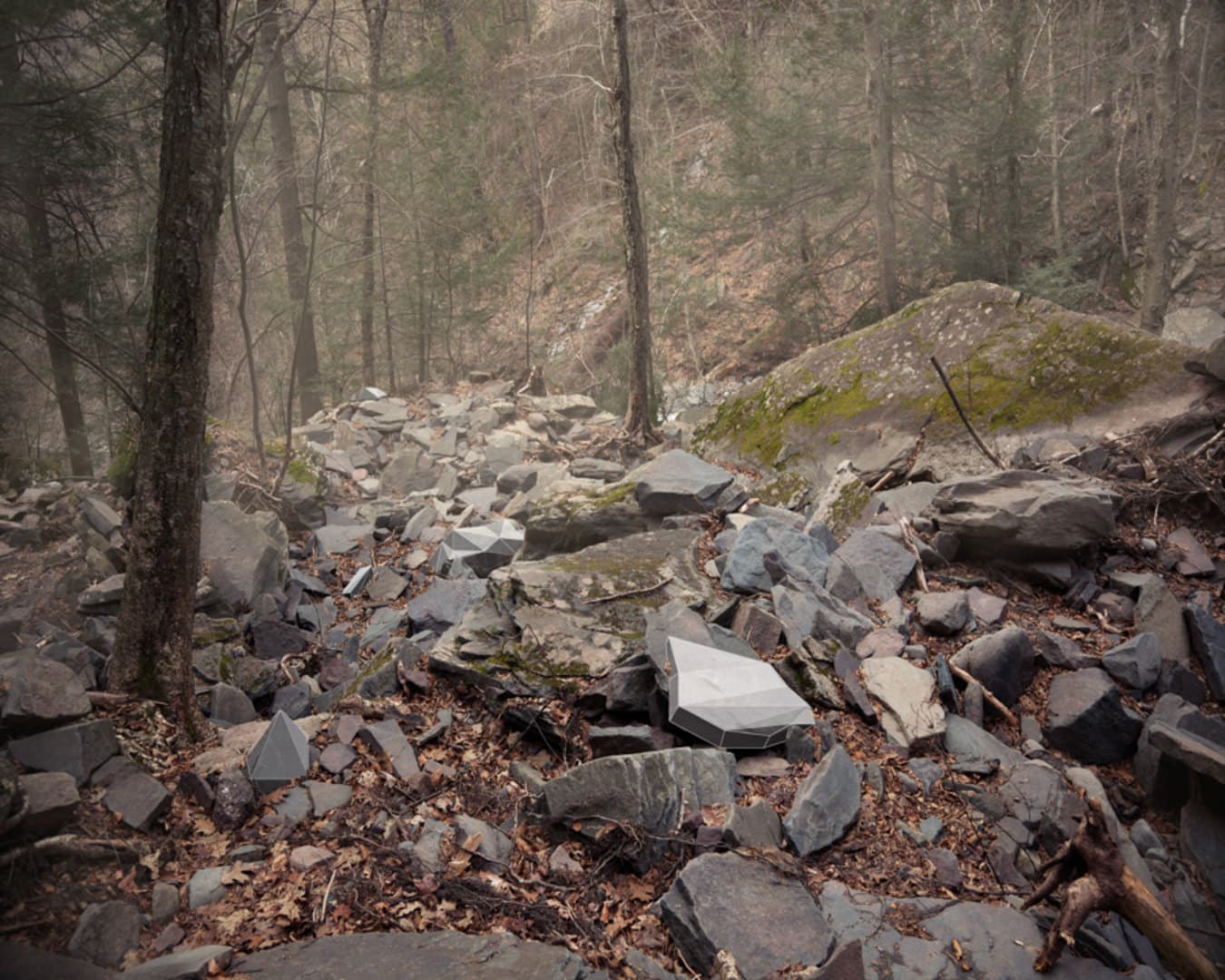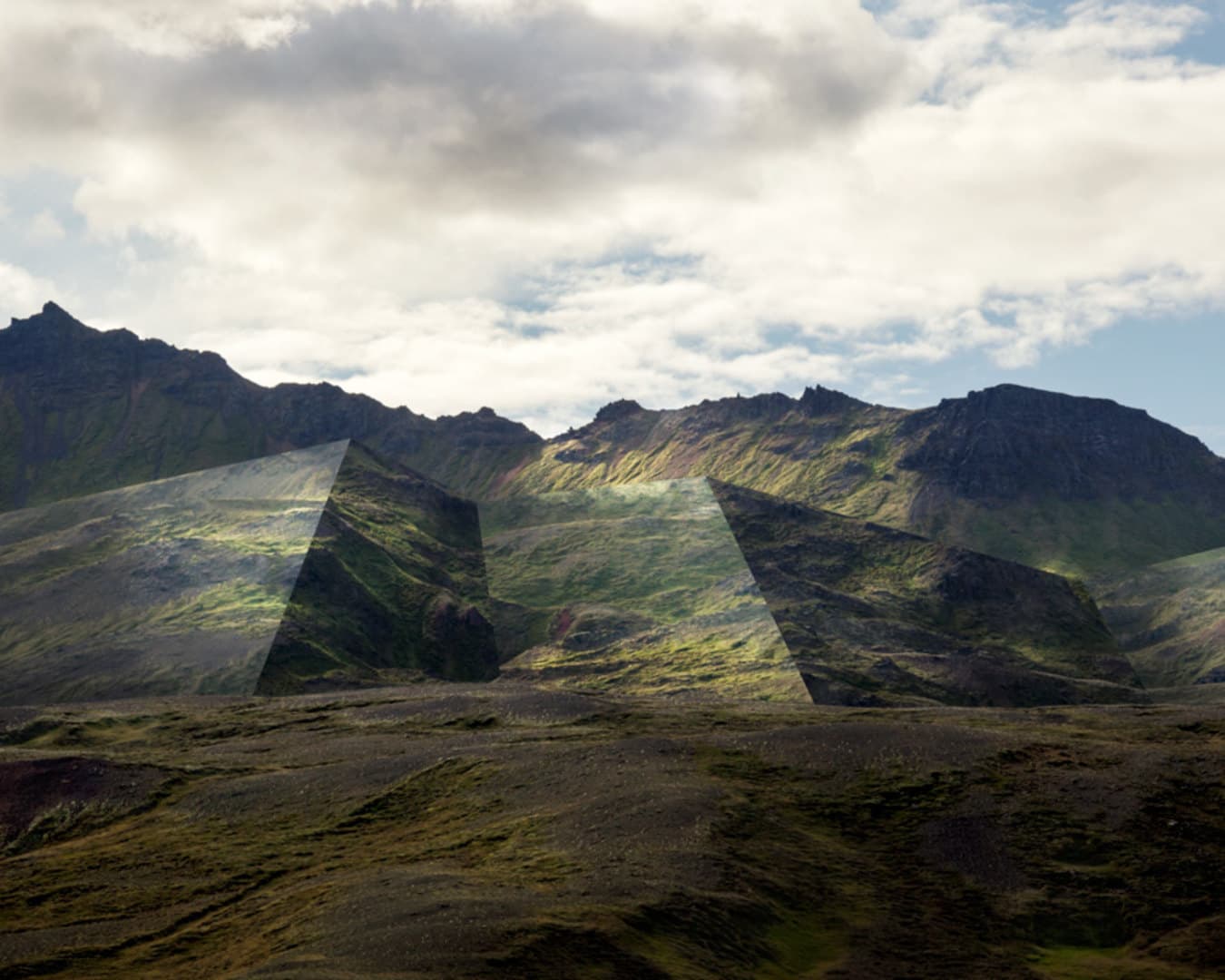In digital culture we are constantly transforming elements of our physical environment into abstracted non-physical versions. These transformations often take the form of photography, video, advertisements, and virtual environments. Through these vehicles of transformation, the original referent and influence can become clouded and distant. When the captured or calculated representation is compared to its real counterpart or source, often an arbitrary and disconnected relationship is created in which there is very little or no physical or visual connection at all thus resulting in questions of definition: data vs. object.
When viewing a 3D rendering of a mountainside, one can see it holds a familiar form to what we experience in the landscape, but there is no physical connection to reality whatsoever – it is merely a file on a computer that has no mass and holds only likeness to a memory. Even further, when translating the file into the most basic of languages, binary code, we see just 1’s and 0’s – a series of numbers creating representation from a language composed of only two elements that have no grounding in the natural world. These transformations generate a parallel reality – one without its original referent, a copy with no definitive source.




